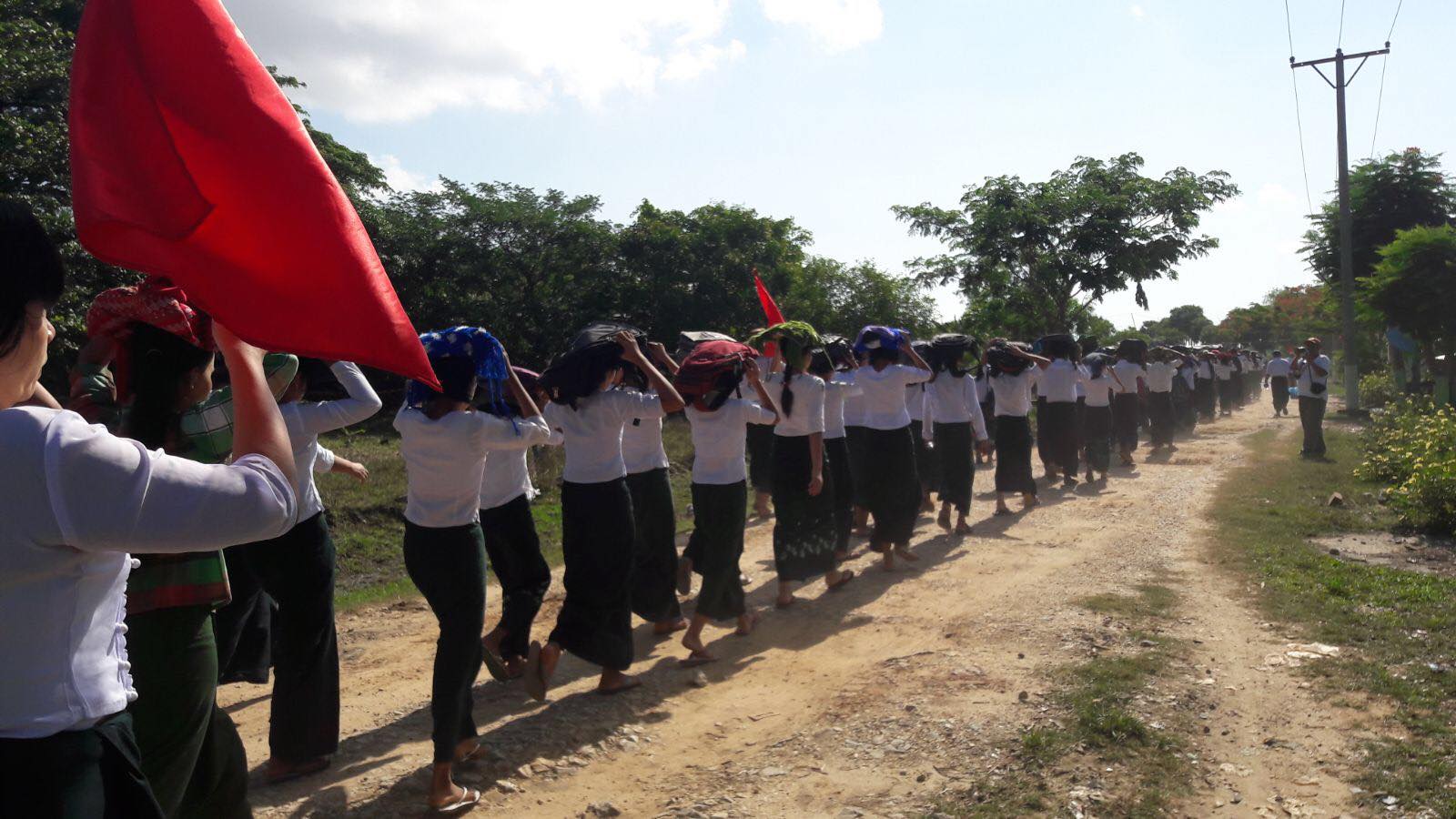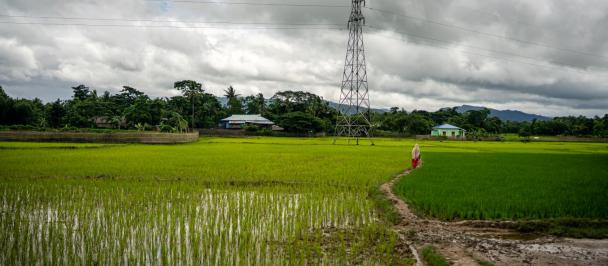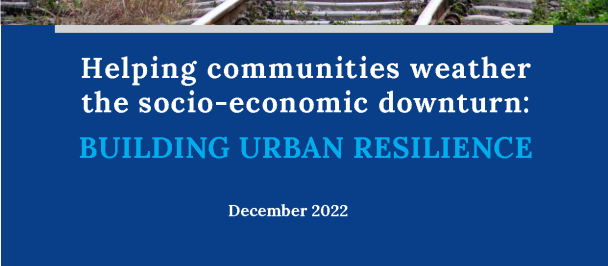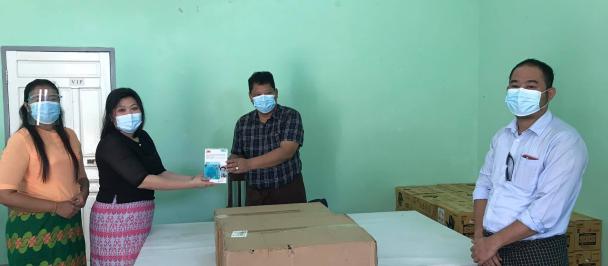Students participating in a tsunami evacuation drill. Photo: Serena Arcone/UNDP Myanmar
“It was in December 2004 when my friends heard strange sounds from the sea. They were very intrigued and went to check. Then, a huge wave washed them away and I never saw them again,” recalled U Kan Sein, a Junior Assistant Teacher in Labutta.
On 26th December 2004, a tsunami in the Indian Ocean hit the coastal villages of Myanmar in Ayeyarwaddy Region, Rakhine State and Tanintharyi Region, killing approximately 65 people and destroying more than 1000 houses.
“The people in my area used to have limited knowledge about the natural disasters. In my friends’ case, they did not have knowledge about tsunami and how to protect themselves. That’s why they lost their lives,” he said.
Labutta township was the most affected area during the 2004 tsunami. Myanmar’s coastal areas are vulnerable to tsunamis.
UNDP is supporting the government to strengthen preparedness for tsunami by providing tsunami education to school children. Being ready for tsunamis helps schools to be prepared for many other natural hazards. Disaster preparedness requires schools to design emergency procedures and evacuation plans and provides for teachers and students to be trained to respond to and take the necessary actions during disasters. Schools set up emergency communication channels with local disaster authorities and parents.
In the week of 14th May, school evacuation drills were conducted in Labutta Township where more than 200 students, teachers and principals participated in tsunami education activities and assessed the schools’ emergency preparedness. The schools, Basic Education High School 2 and 3 Mile Basic Education High School in Labutta participated in the activities.
Students have been involved in identifying safe/dangerous points, evacuation routes and safe locations for evacuation. They also drew their own evacuation maps which is important for increasing their understanding of the surroundings and to increase their ownership.
Ma May Myat Noe Yee, a Grade-8 student from BEHS 2 (Labutta) said, “This program is very helpful. The group mapping is very interesting. We went around and investigated safe and dangerous places in our surroundings.”
“I will share this knowledge with my family. This kind of information is very important to save the lives of the people, especially people in rural villages as they do not have much knowledge about natural disasters,’ she continued.
U Kan Sein said, “Conducting this kind of drills for students and teachers is very important. Students can spread information to their family and relatives while teachers can spread the knowledge to the local authorities, surroundings and with incoming students. In doing so, our people can protect themselves against tsunami in future.”
The evacuation drills are part of a Government of Japan funded regional project for strengthening school preparedness for tsunamis in Asia and the Pacific, implemented by UNDP in 18 Asia-Pacific countries.
In Myanmar, the project is supported by the Department of Disaster Management, under the Ministry of Social Welfare, Relief and Resettlement and the Ministry of Education. The non-government organization Seeds Asia is supporting UNDP to implement the project. The project is piloted in five schools in high tsunami risk areas.
It contributes to the achievement of the Sendai Framework’s targets to reduce lives lost, numbers of people affected, and economic damage from natural and human-induced hazards. It also aims to achieve UNDP’s goal to help vulnerable regions to adapt to climate change by integrating disaster risk measures into national strategies.

 Locations
Locations


